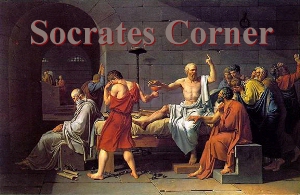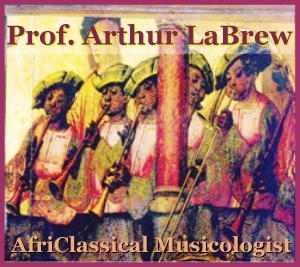The 2nd and 7th Amendments: History triumphs
 “I consider [trial by jury] as the only anchor ever yet imagined by man, by which a government can be held to the principles of its constitution.”
“I consider [trial by jury] as the only anchor ever yet imagined by man, by which a government can be held to the principles of its constitution.”
~ Thomas Jefferson letter to Thomas Paine
Second Amendment: A well regulated Militia, being necessary to the security of a free State, the right of the people to keep and bear Arms, shall not be infringed.
Seventh Amendment: In Suits at common law, where the value in controversy shall exceed twenty dollars, the right of trial by jury shall be preserved, and no fact tried by a jury, shall be otherwise reexamined in any Court of the United States, than according to the rules of the common law.
The Seventh Amendment of the Constitution of the United States was ratified in 1791 as part of the Bill of Rights; it formally established the rules governing civil trials. The amendment’s objective was to preserve a distinction between the responsibilities of the courts (such as deciding matters of law) and those of juries (such as deciding matters of fact). Virtually all of the Seventh Amendment’s provisions originated in the English common-law tradition and with few exceptions have experienced only marginal revisions.
For example, while the number of jurors (12) has been increased from what was the common-law standard (6), and although parties may waive their right to trial by jury in favor of a direct verdict, other notable aspects of the common-law tradition like the unanimous verdict requirement and the financial threshold amendment remain intact. Congress has also revised the $20 threshold for the right to a trial by jury. The amount is now $75,000. Finally, the Seventh Amendment is an unincorporated right, meaning that it has never been incorporated to the states through the 14th Amendment’s due-process clause.
In an important law review article by Darrell A. H. Miller, “The Yale Law Journal Text, History, and Tradition: What the Seventh Amendment Can Teach Us about the Second,” the writer surprisingly employs a non-balancing-test, anti-progressive approach to interpreting the Seventh Amendment based on history and the original intent of the constitutional framers. Miller writes:
The Court’s nascent Second Amendment jurisprudence is a riddle because while the Court demands the most scrupulous investigation of history and a near-blanket prohibition on balancing, it also states that a number of modern regulations are “presumptively lawful” despite their dubious historical provenance or their interest-balancing origins.
The Court’s challenge has left many judges frustrated because, as discussed in more detail below, the Court’s demands appear to be facially irreconcilable. Some judges have answered by mechanically citing broad dicta in Heller and McDonald concerning these “presumptively lawful” regulations, rather than conducting the historical inquiry the Court ostensibly demands. Other judges have simply ignored the Court’s rejection of balancing tests. Instead, they have allowed the right to keep and bear arms to be gobbled up by intermediate scrutiny or similar tests that weigh serious, important, or compelling government interests against Second Amendment commands.
The constitutional framers mandated trial by jury as one of the most historically essential of all constitutional provisions, thereby preserving this enduring history that the Seventh Amendment requires that federal courts “preserve” a pre-existing right to a jury in suits at common law. In much the same way, the Court has stated that the Second Amendment preserves a “pre-existing” right to keep and bear arms for the core purpose of self-defense, especially since the Second Amendment also has not been incorporated into the 14th Amendment.
Therefore, the Second Amendment and the Seventh Amendment do not operate with conventional levels of scrutiny or open-ended balancing tests spawned by, in my opinion, the unconstitutional progeny of that infamous footnote four of Carolene Products v. U.S. (1938) and first presented in Korematsu, v. U.S. (1944) (Court ruled on the constitutionality of FDR’s Executive Order 9066, which ordered Japanese Americans into internment camps during World War II regardless of citizenship), yet the “preserved” right to a trial by jury does not require that every detail of 1791 common law be transposed to the 21st century.
Category: Commentary






